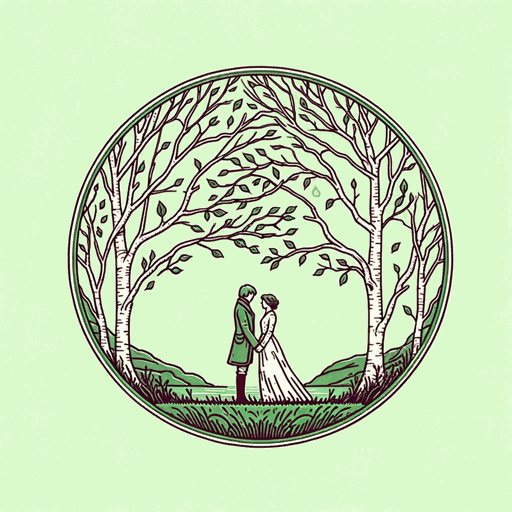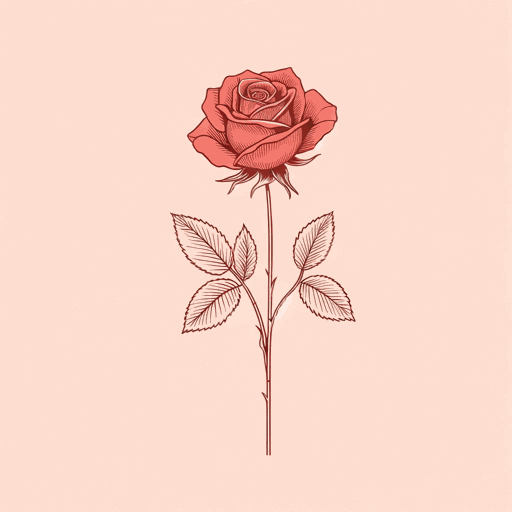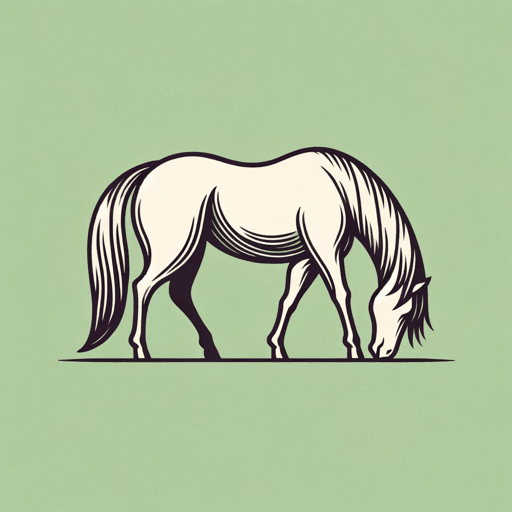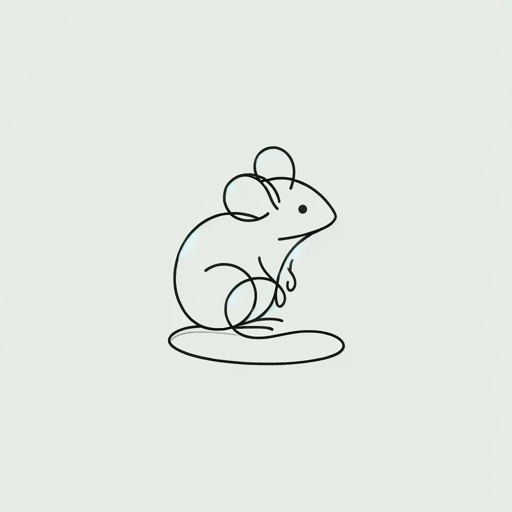18 pages • 36 minutes read
Robert BurnsHighland Mary
Fiction | Poem | Adult | Published in 1792A modern alternative to SparkNotes and CliffsNotes, SuperSummary offers high-quality Study Guides with detailed chapter summaries and analysis of major themes, characters, and more.
Background
Authorial Context
Much of Robert Burns’s early poetry was written about his relationships with women, and “Highland Mary” is no exception. In addition to “Highland Mary,” Burns wrote four other poems to and about his relationship with Mary Campbell (see Further Reading section). Burns met Mary Campbell at church in 1786, shortly after his lover Jean Armour had been persuaded by her father to revoke her promise to marry Burns. While the exact details of Campbell and Burns’s relationship are unclear, the two did have some kind of understanding and intention to marry. In “Highland Mary,” Burns mentions the many vows they exchanged, and in “Will Ye Go to the Indies, My Mary?”, Burns swears “by the Heavens to be true” (Line 10) to her. Written shortly before Campbell’s death, “Will Ye Go to the Indies, My Mary?” also indicates that the two were planning to “leave Scotia’s shore” (Line 2) and to live in the West Indies together. Before Burns and Campbell could fulfill their plans, however, Mary Campbell sailed to Greenock to take care of her sick brother. Burns would never see Mary Campbell again; while nursing her brother, she contracted his typhoid fever and died that same month.
Burns wrote the poems “Will Ye Go to the Indies” and “My Highland Lassie, O” during his relationship with Campbell; “Highland Mary,” “Lament,” and “To Mary in Heaven” were all written years after her death.
Related Titles
By Robert Burns
Featured Collections
British Literature
View Collection
Grief
View Collection
Memory
View Collection
Mortality & Death
View Collection
Romanticism / Romantic Period
View Collection
Romantic Poetry
View Collection
Short Poems
View Collection
SuperSummary Staff Picks
View Collection
Valentine's Day Reads: The Theme of Love
View Collection




